Beginning of an end?
This Article was published in
Business Recorder (June 29, 2011)
Pakistan Observer (July 05, 2011)
By Sahibzada Hussain Mohi-ud-Din Qadri
President Obama's all-important foreign policy speech on June 22 outlining the American drawdown strategy from Afghanistan represents the same policy confusion, which marked the formulation of his surge and exit strategy in December 2009. The President's announcement to pull out a total of 33,000 troops by September 2012 culminating the entire withdrawal by the end of 2014 is informed by differences within the Obama Administration.
While the military commanders favoured a slow drawdown and presence of a sizeable US and ISAF troops to fight off the Taliban for at least another two seasons, the President chose a middle path, reminiscent of what he did in December 2009. In his speech and subsequent interview with the Voice of America, President Obama repeated the usual stuff. He said that the surge he ordered in 2009 was a great success and that the Taliban momentum was broken and the required results achieved.
However, it is not the number or size of pullout, which is important. What would make this pullout a meaningful exercise is whether it is accompanied by a comprehensive strategy aimed at bringing about durable peace in the war-torn country. While the need for political settlement has been acknowledged, no broad contours of the peace process have been spelled out. Three factors have forced the Obama administration to resort to a phase-out from Afghanistan:
One, the US invaded Afghanistan ten years ago on the plea of hunting down al Qaeda and its chief Osama bin Laden. With Osama killed in the Abbottabad raid on May 2, the principal reason of the American presence in Afghanistan has gone. The war remains hugely unpopular among the American people. They are no longer ready to support a war, which has eaten into the vitals of the American economy.
Second, the entire world including the US is reeling under the economic pressure of a global recession whose effects would continue to reverberate for many years to come. The US is incurring an expenditure of over $100 billion on the Afghan war annually. The administration can ill-afford to bear such a heavy cost for a military enterprise whose outcome seems inconclusive and uncertain despite heavy investment in the war effort during the last 10 years.
Third, by killing Osama bin Laden, President Obama has reached the height of popularity and appeared tough on issues of national security. He now has greater space and maneuverability to spearhead the withdrawal effort contrary to what his military commanders say. Since he faces his second presidential elections in November 2012, the end to the Afghan war would certainly swell his electoral prospects.
The admission by the outgoing Defence Secretary Robert Gates that the US is in talks with the Taliban is an indication of the administration's willingness to seek a negotiated settlement to the Afghan imbroglio. However, in wanting to pull out of the Afghan quagmire, the administration still stays put in the use of hard power to dictate the terms of engagement with the Taliban. This policy, flawed to its core, is instrumental in shrinking the space for a result-oriented dialogue. The success of the outreach policy hinges largely on the cessation of hostilities.
The Obama administration has taken a number of confidence-building steps that tend to engage the Taliban in a meaningful effort to negotiate an endgame from Afghanistan. There are reports in the international media that the UN has now started de-hyphenating between Taliban and al Qaeda at the behest of the US. Hillary Clinton's statement of renunciation of violence, acceptance of the Afghan Constitution and end of relations with al Qaeda as outcome of the process has created space for a productive engagement with the Taliban.
However, contrary to what the strategists of the Obama administration might plan in the Situation Room of the White House, it is how the script plays itself out on the ground that would determine the outcome of the US drawdown plan by the end of July 2014.
The shifting of focus from Afghanistan to Pakistan signals grave implications for the latter. In his prime-time interview with the Voice of America, the US President made no bones about the determination of his administration to go after what he termed as "safe havens" in Pakistan. His urging of Pakistan to do its part of the job in tough language only betrays the nature of the greatly endangered and strained relations with Islamabad, following the Abbottabad incident on May 2.
Secretary of State, Hillary Clinton's statement before a Senate Committee that Pakistan should not expect the same level of military aid as it was getting unless it delivers on its commitments is part of the administration's efforts to pressurise Pakistan into opening a new theater of war in North Waziristan.
Coupled with this is the claim by Secretary Robert Gates that the war effort in Afghanistan could be successful without Pakistan's help. The increase in the number of drone strikes by the Obama administration shows how 'seriously' Pakistan figures on the American radar screen.
In such grave circumstances, the political leadership divide needs to put its act together and spearhead a national effort aimed at crafting fresh political consensus on the challenges confronting the country's security and sovereignty. The second option available with the Pakistani government is to reach out to friends such as the China and Muslim states in the Gulf region to seek their support in this regard. Unless we forge unity in our internal ranks, Pakistan is likely to come under increased pressure to do more, leading to more violence and strife in its midst.
(The writer is a PhD candidate in Australian University.)






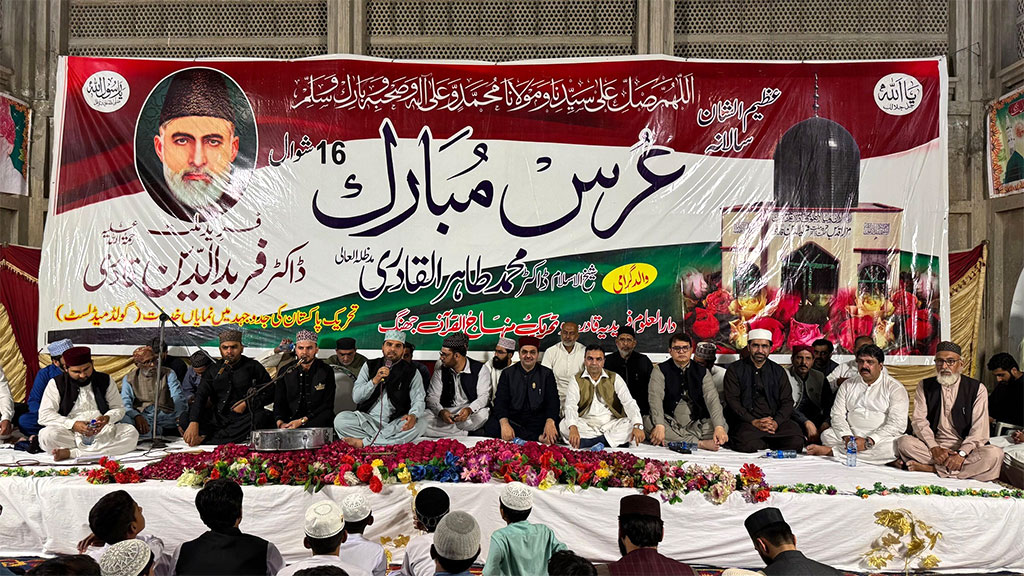
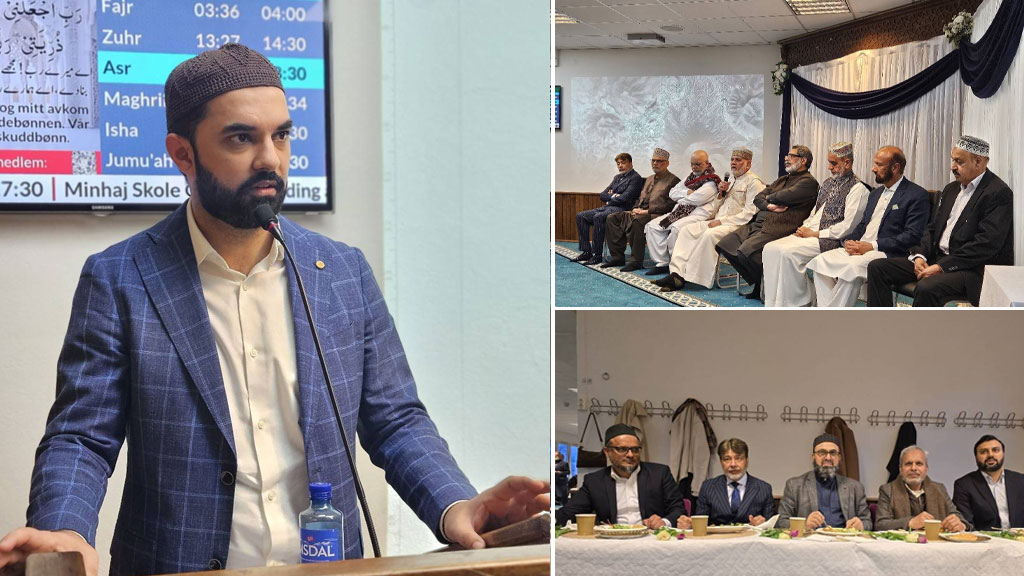
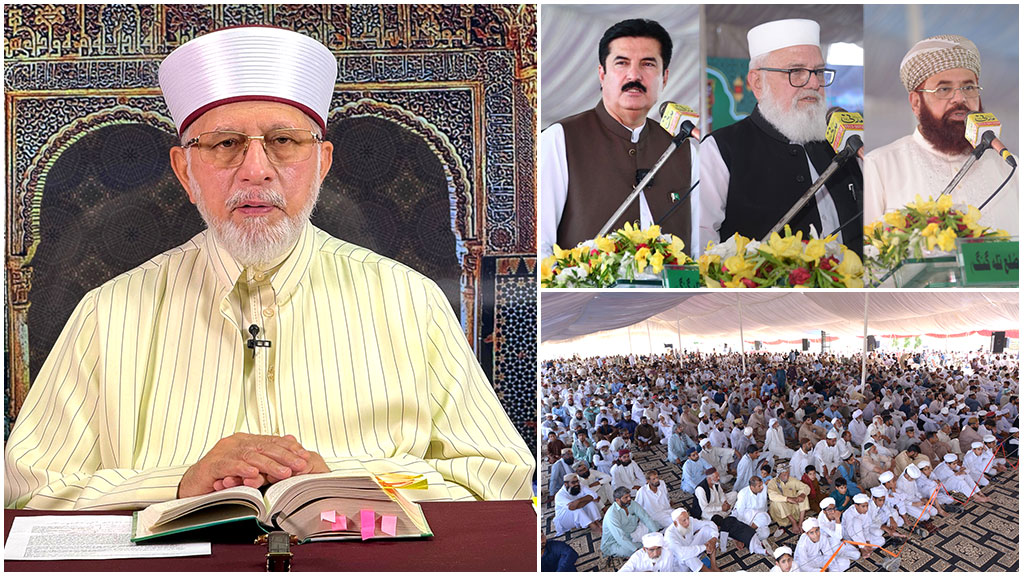
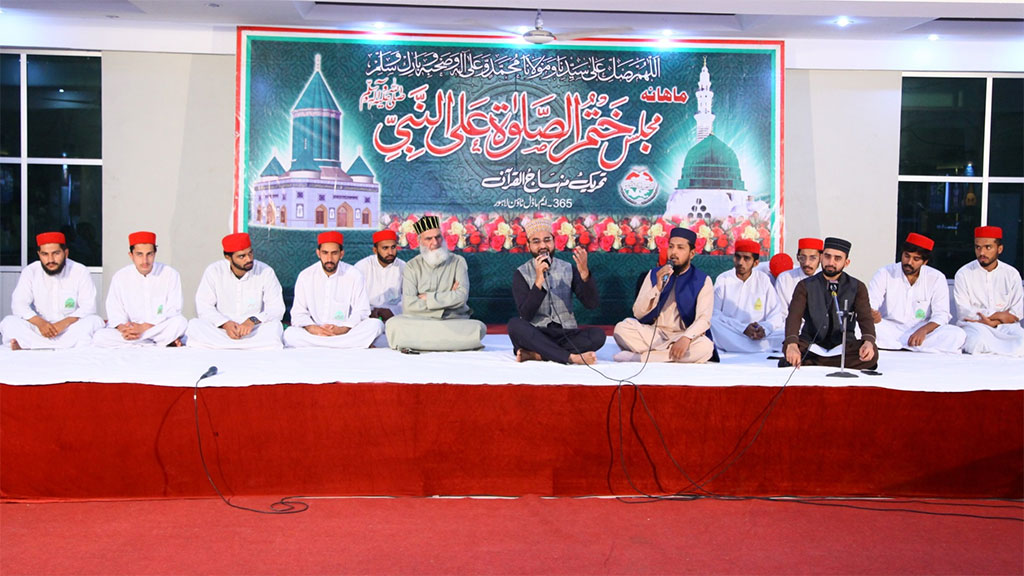
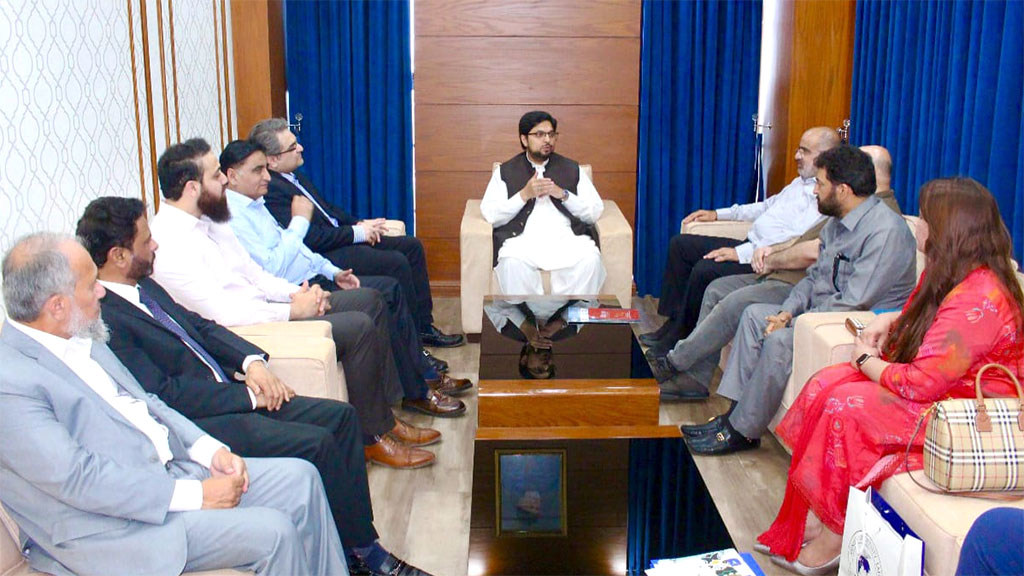
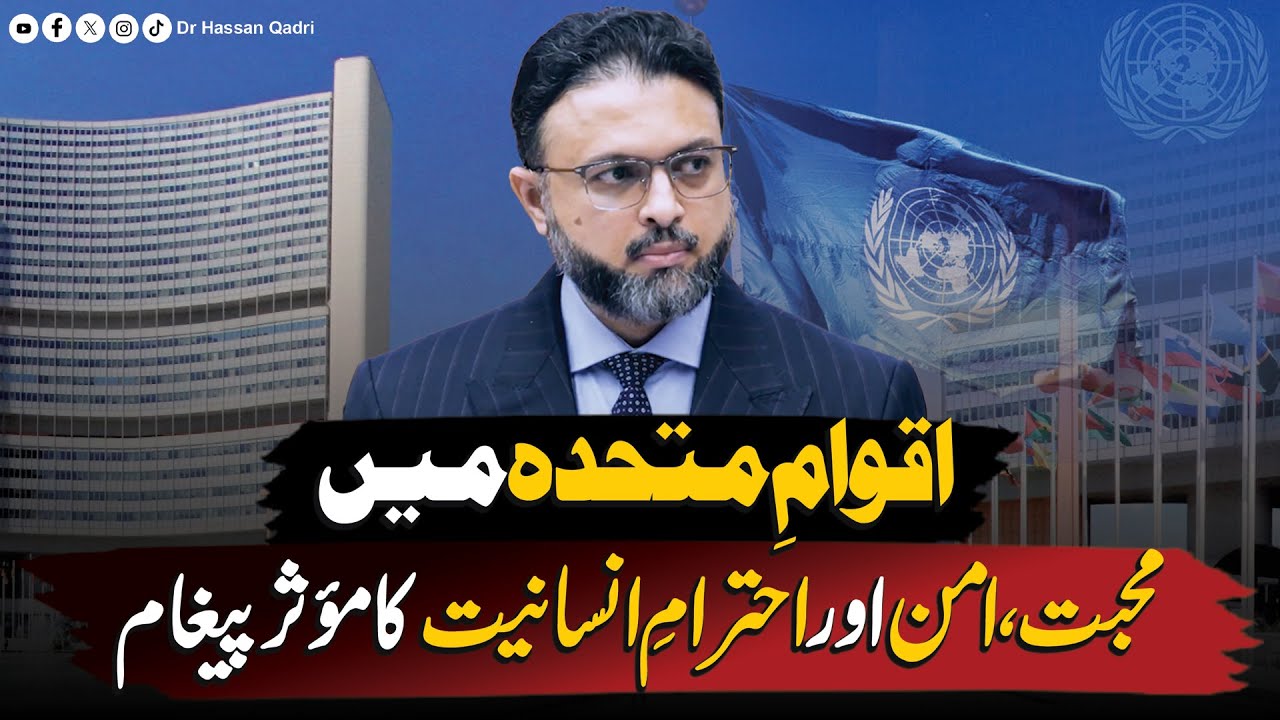
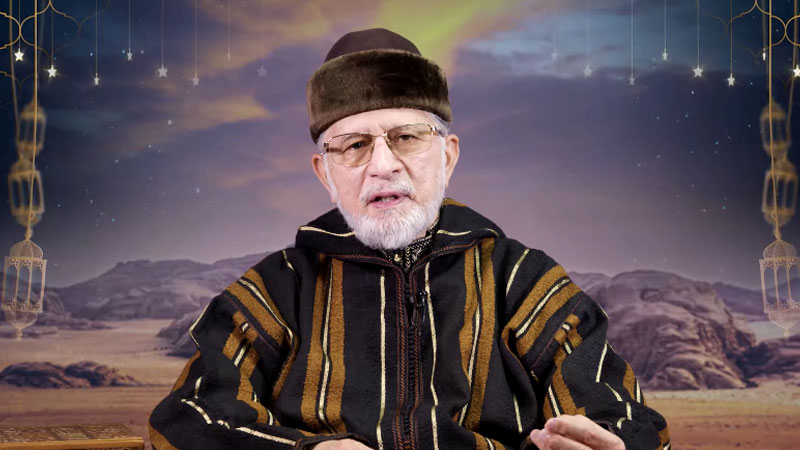
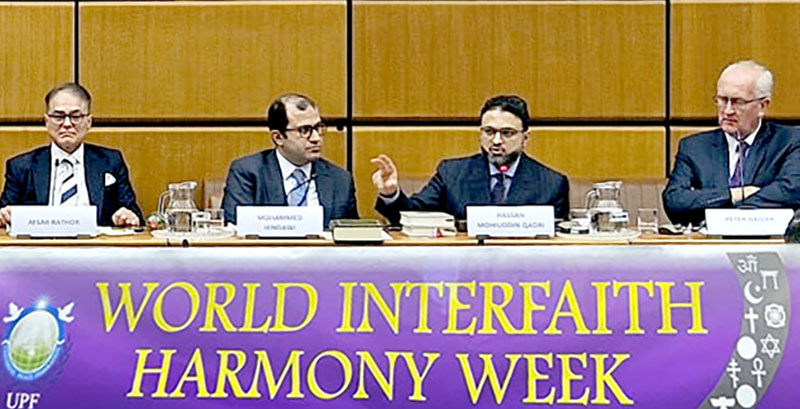






Comments